 |
|
|
|
|
|
| What is peat? Peat bog types The following main types of peat bogs are distinguished (see Figure 1 below):
Within the raised bog and at its border several phenomena/zones are distinguished:
The following main types of peat bogs are distinguished: lowland bog, transitional bog, raised bog, hanging bog (see figure xy) |
1 - Overview of peatbog types | ||
|
1 - A mountain lake (Lai da Vons, 1991 m; Upper Rhine valley, Grisons, Switzerland) with an alluvial bog as an example of a palaeoecological archive. |
2 - Lowland-moor peat as an example of an archive of palaeoecology (Palude lunga, 1450 m; Altrei/ Prov. Trento, Italy). |
3 - An example of a raised bog with its typical hummock surface (Oberrasen, 1050 m; Antholz/ Prov. Bolzano, Italy). |
|
Formation of bogs The most part of peat bogs are alluvial bogs, i.e. they are built up of:
Examples of biogenic sediments
|
|
Palaeoecological archives As peat bogs store plant microfossils (pollen grains, spores and other microfossils) and macrofossils, they are excellent archives of palaeoecology (flora and vegetation history, climate history, environmental history). |
|
|
4 - Getting a drill core of an alluvial bog with a russian peat probe. |
5 - A core sample of peat 50 cm long. |
6 - A lake site with hydrosere vegetation and the silted-up zone with the corresponding sedentary/sedimentary deposits, e.g. peat or gyttia. | |
|
| |
|
West (1977), Bradley (1985), Burga & Perret (1998), Göttlich (ed. 1990) |
29 August 2011 |
||
| |
||
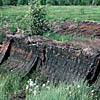 An
accumulation of unconsolidated partially decomposed plant material found
in waterlogged habitats of fen, bog and swamp. Thus, a peat
bog is an area of wet peaty substrate rich in organic debris but
low in mineral nutrients, with a vegetation of sedges, mosses and ericaceous
shrubs. A peat bog should have a minimum thickness of stratum of 30 cm
(otherwise it is an Anmoor).
An
accumulation of unconsolidated partially decomposed plant material found
in waterlogged habitats of fen, bog and swamp. Thus, a peat
bog is an area of wet peaty substrate rich in organic debris but
low in mineral nutrients, with a vegetation of sedges, mosses and ericaceous
shrubs. A peat bog should have a minimum thickness of stratum of 30 cm
(otherwise it is an Anmoor).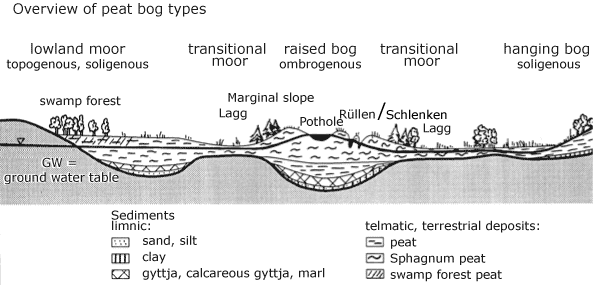
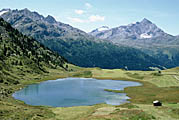
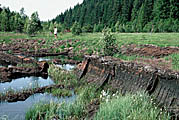
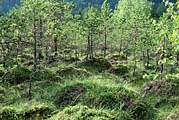

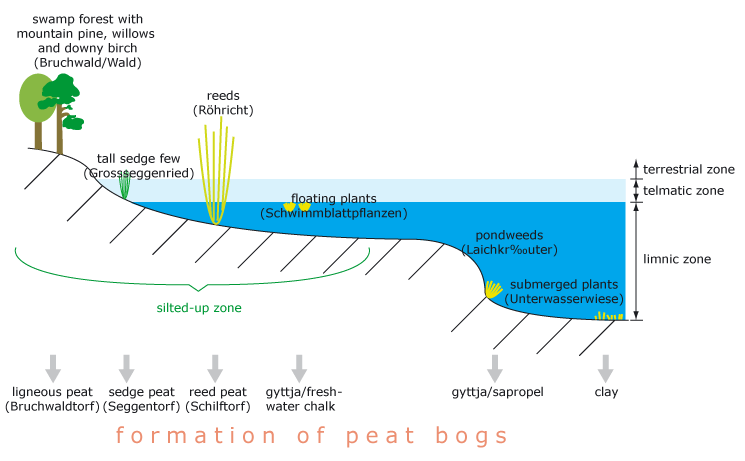
 figure below shows hypothetic par bog section. Try to analyse tis archive of peleoecology while putting the following processes to the corresponding layer of the stratigraphy.
figure below shows hypothetic par bog section. Try to analyse tis archive of peleoecology while putting the following processes to the corresponding layer of the stratigraphy.